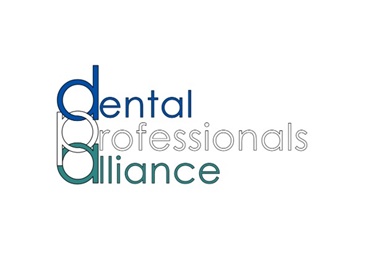Ensuring we are fair, transparent, and accessible to all: calling on the UK dental team to review and update your equality data
Our research and intelligence team have been reviewing our equality data and working to update our monitoring form, here the newest member of the team, Marie-Jeanne Royer, Research Officer, explains the importance of this data to the GDC and the whole dental team.
Many of us know the power of big data, but when it comes to providing our own personal information online, we often pause for good reason. So, it is important for us to make the case for improving our equality data, before we ask you to review and update your personal information.
Equality data makes a vital contribution to our work to eliminate discrimination, increase diversity, and be more inclusive. Therefore, we want to curtail any concerns you might have by giving a bit more explanation as to why we collect equality information, some of the recent improvements we’ve made to our monitoring form, and how we use, process and protect your personal data.
Why are we asking you to provide your equality data?
We ask all members of the UK dental team to provide us with equality data via eGDC.
We do this because it helps us to make sure we are being fair when we carry out our work, such as investigating concerns or registering newly qualified professionals, that we are accessible to all, and are transparent in our decision-making. The equality data you supply helps create valuable intelligence about the diversity in the dental team and ensures we are making well-informed decisions.
Understanding the protected characteristics of the whole UK dental team is key to making sure we are not introducing new bias or excluding groups through the introduction of new policies, procedures, or guidance. We use data to inform Equality Impact Assessments, which are used to consider any potential negative impacts on protected groups and identify opportunities for increasing diversity and inclusion.
The ability to assess good quality equality data in sufficient volumes also helps us to actively promote equality and diversity and focus efforts on key issues for dentistry. It means we can benchmark our performance against others and report findings to our stakeholders.
What improvements have we made to our equality monitoring form?
Most of us completed a census recently. We’ve used the updated census to inform updates to our equality monitoring form – making it clearer and more precise. We have:
Rephrased many of the questions into full sentences to make them clearer and to leave less room for misinterpretation.
Added more options, so more people can see themselves in the questions and responses.
Replicated the marital or civil partnership status question from the census, which will allow us to make comparisons with national datasets or other organisations.
Changed the way we ask about ‘sex’ and ‘gender reassignment’ to follow best practice.
You might want to respond to some parts of the equality monitoring form, but not others. This is common. From our perspective - some information is better than none – so all questions now have a ‘prefer not to say’ option, which means you can be selective if you want to.
How are we protecting your data?
Providing your equality data is completely voluntary, and you will not be contacted by us about the information you give. Further, the data is anonymised and aggregated before it is used in any reports so that there is no risk of any individual being identifiable.
Our Privacy Notice provides the details of how your personal data is processed.
How can you keep your equality information up to date?
To review and update your equality data, please login to your eGDC account and look for the equality monitoring form.
The form includes questions about your protected characteristics. These include age, disability, gender reassignment, marriage and civil partnerships, race, religion or belief, sex, sexual orientation. These are set out in the Equality Act.
You can review and update your equality data at any time, but we’d like to urge you to do it at least once a year, perhaps when next recording your annual CPD statement.
You can find out more about our Equality, Diversity and Inclusion Strategy on our website.
 eGDC
eGDC









